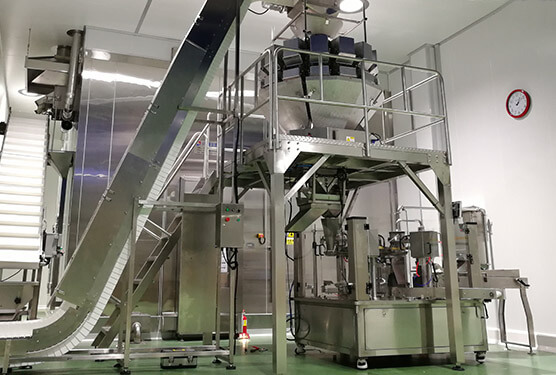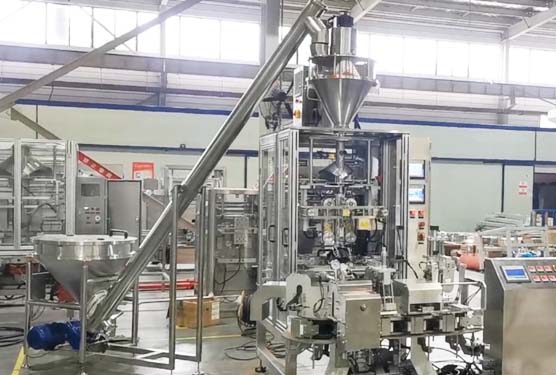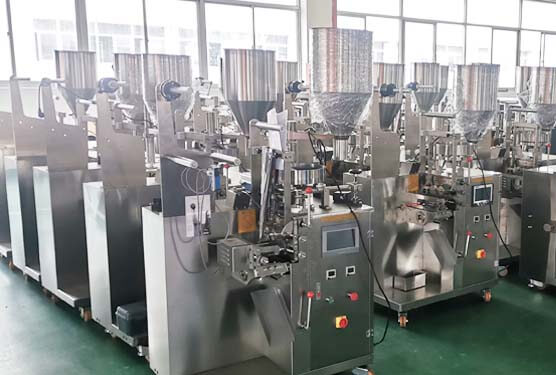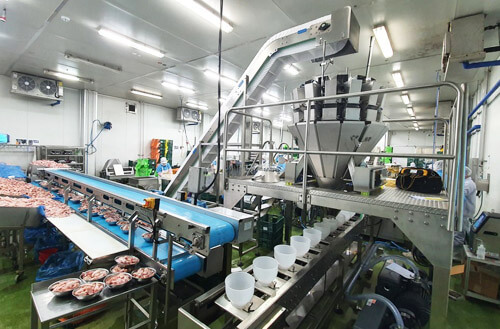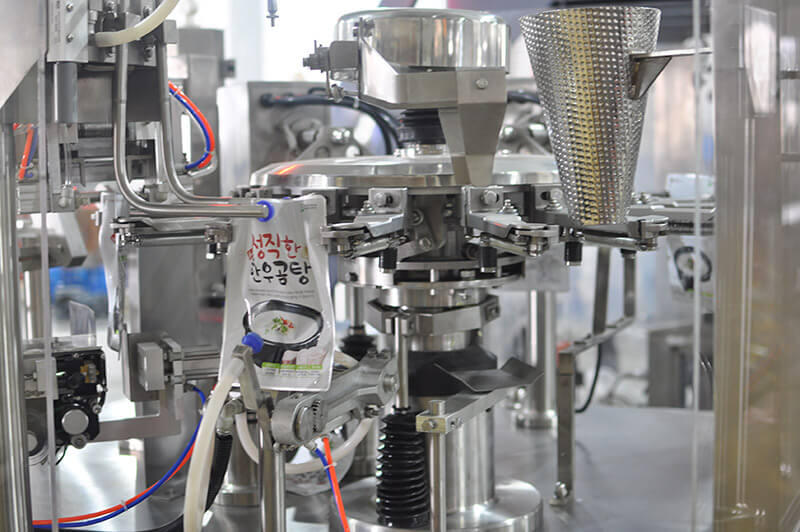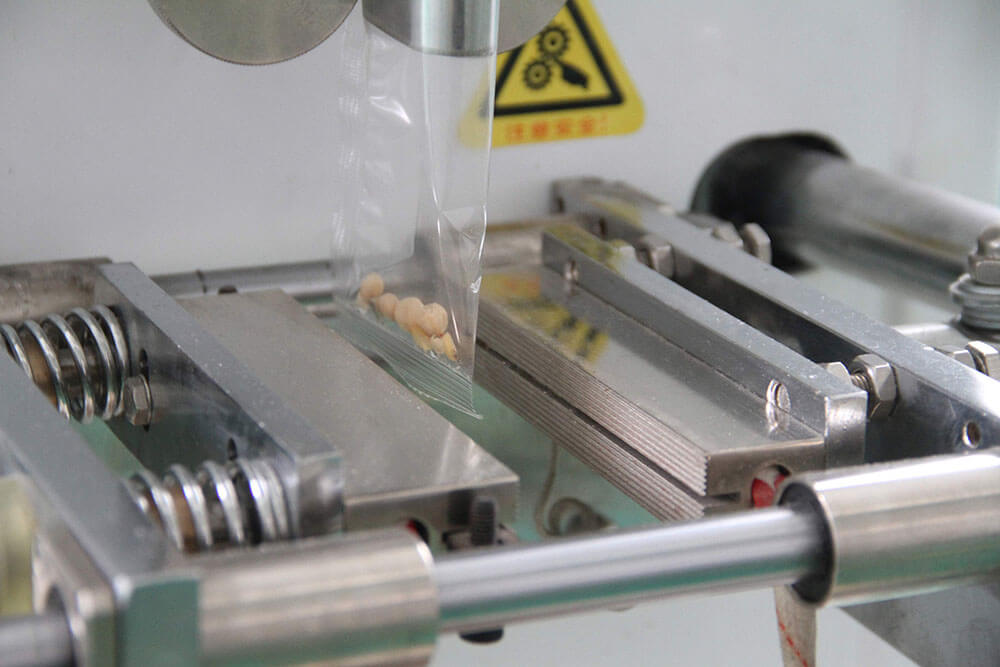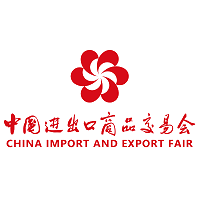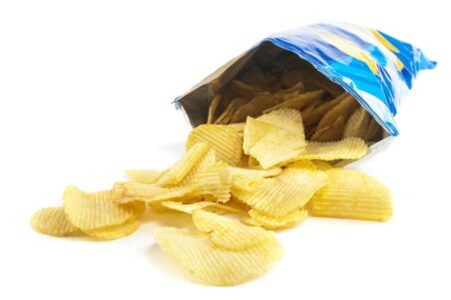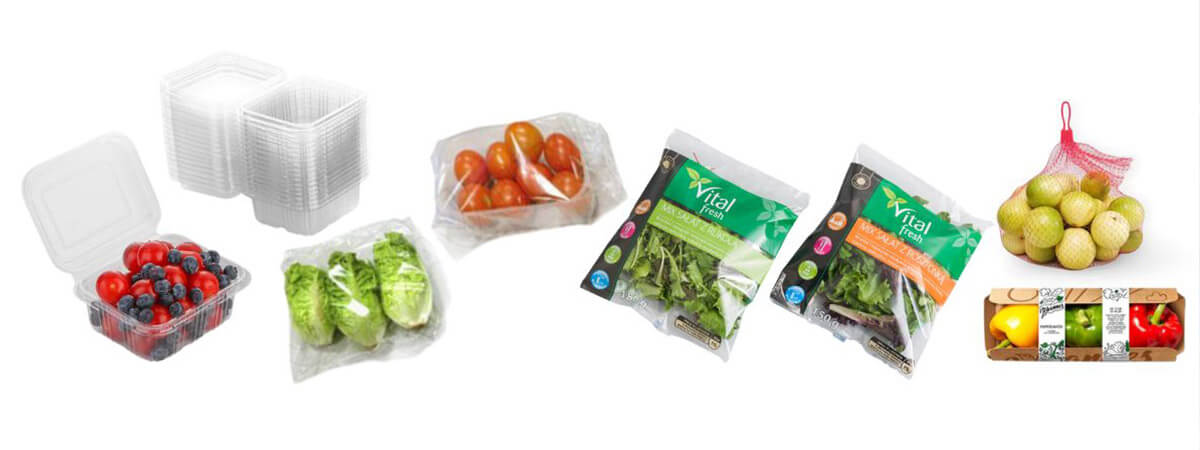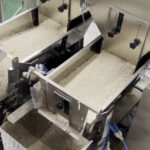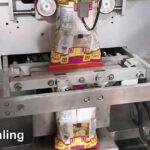Ever wondered how your favorite snack stays so fresh even after weeks of production? Or why some foods seem to last longer on the shelf than others? How does technology contribute to the longevity of your favorite chips or nuts? The secret might be hiding in the packaging process, specifically in two popular methods – Nitrogen Packing and Vacuum Packing.
The fundamental difference between nitrogen packing and vacuum packing lies in their approaches to preserving food products. Nitrogen packing, also known as gas flushing, involves filling the package with nitrogen gas before sealing. On the other hand, vacuum packing removes all the air from the package before it’s sealed, creating a vacuum environment inside the bag.
Now that you’ve had a brief insight into these packaging techniques, let’s delve deeper. There’s much more to learn about the science behind these processes and their applications in the food industry.
What Exactly Is Nitrogen Packing?
Nitrogen packing, sometimes referred to as Modified Atmosphere Packaging (MAP) , utilizes nitrogen gas to displace the oxygen within a food package before it’s sealed. But why nitrogen? Well, nitrogen is an inert gas that does not react with food, thus preserving its freshness and quality for a longer period. It’s particularly useful for foods like chips, nuts, and other snacks where a little bit of ‘crunch’ is crucial.

And What About Vacuum Packing?
Vacuum packing, on the other hand, is a method where all the air inside a package is removed before it is sealed . This process creates a vacuum inside the package, which significantly slows down the growth of bacteria and other microorganisms, thereby extending the shelf life of the product. It’s commonly used for perishable foods like meats, cheeses, and some types of vegetables.

How Do Nitrogen Packing and Vacuum Packing Differ in Application?
Despite both methods being used to preserve food, they cater to different types of products due to the differences in their mechanisms. Nitrogen packing is ideal for foods that need some space to maintain their physical structure, like chips or other airy, crunch-type snacks. Vacuum packing, however, is preferred for compact and perishable foods that benefit from a tightly sealed environment, devoid of any air.
What Are the Advantages and Disadvantages of Each Method?
Each method comes with its own set of benefits and potential drawbacks. Nitrogen packing helps maintain the structural integrity of the product, prevents it from getting crushed during transport, and increases its shelf life. However, the process can be more expensive due to the cost of nitrogen gas.
Vacuum packing, on the other hand, is excellent for preserving the quality of the food for a more extended period, as it retards bacterial growth. But it may not be suitable for certain types of food products that can be crushed or deformed due to the absence of air inside the package.
So, Which Method Should You Choose?
The choice between nitrogen packing and vacuum packing will depend on the specific requirements of the food product in question. At HonorPack, we provide both nitrogen packing and vacuum packing machinery solutions, allowing our customers to choose the most suitable method for their product, ensuring quality, freshness, and longevity.
Conclusion
In conclusion, nitrogen packing and vacuum packing are two distinct methods used in food packaging, each with its unique benefits. Understanding the differences between them can help businesses make an informed decision that best suits their product and customer needs. At HonorPack, we’re committed to delivering top-notch packaging solutions tailored to your business.

